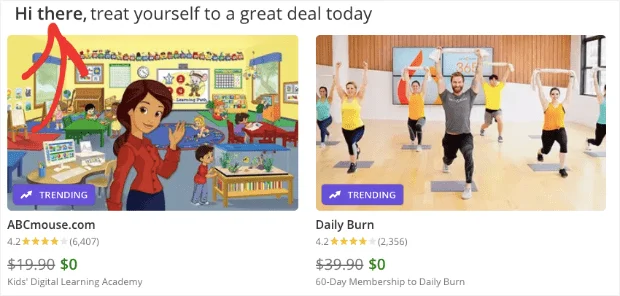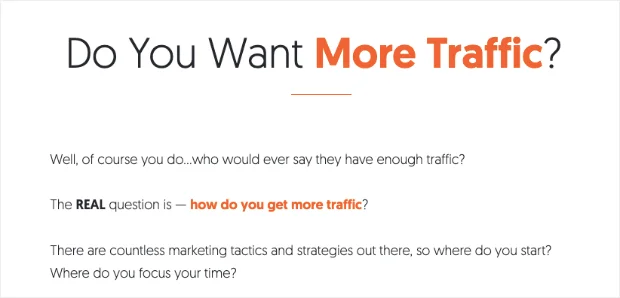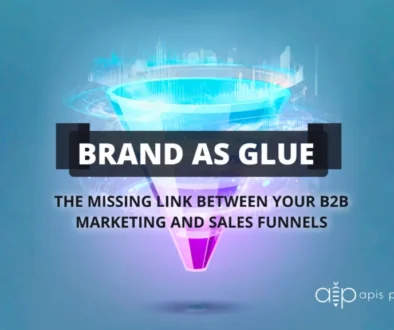The Anatomy of a Great Sales Page
A sales page is your best opportunity to explain your products and services to visitors and make them want to buy. It needs to be attention-grabbing, informative, and persuasive, all at the same time. If it’s not optimized for conversions, you’re losing money.
Wouldn’t it be great if you knew the secrets of writing high converting sales pages? You’ll know it by the end of this article.
Ok, let’s get started.
1. Understand Your Audience
First things first: You can’t write good sales copy unless you know who you’re talking to.
Before putting pen to paper (or fingers to keys), it’s essential to understand who your audience is and what they’re looking for when they consider buying your product or service.
One of the best ways to do this is to create a customer avatar or buyer persona. That’s a fictional person who represents your ideal customer. While the persona may be fictional, it’s based on real data collected from:
- Customer surveys
- Web analytics
- Social media analytics
- Other online research
Once you’ve got a buyer persona, you’ll understand your prospective customer’s influences, pain points, challenges, and motivations so you can create copy that addresses them.
And you can use this information in your copy to specify the audience you’re targeting,
2. Create a Value Proposition
When you know who your customers are, you’ll be able to articulate your value proposition. That’s a statement of the benefit you provide and the problem you solve for your customer, and why you’re the best person to do so.
Ideally, this will be a single sentence or short phrase that’ll guide the rest of your copy.
Here’s a straightforward fill-in-the-blank example. We help [X] to [Y] by [Z]. This translates to:
We help insurance business owners and bga’s to build their websites and boost sales by providing high-converting websites.
3. Get the Price Right
One last thing to determine before you start writing: How much does your product or service cost?
One of the big sticking points for many prospective buyers is the price. To succeed in winning the value vs. cost argument, it’ll help if you can make your product’s price less of a sticking point.
Some proven techniques to try include:
- Offering more than one price point
- Labeling your price points with descriptive names to help users to self-select
- Make sure your price ends with the number 9 because research shows that more people gravitate towards this
4. Determine the Right Length
After you understand your target audience and what you have to offer them, it’s time to start writing your sales page.
But how long should a sales page be?
The short answer is: as long as it needs to be to get the job done. That’ll vary depending on what the copy is for, and how your visitors respond.
As QuickSprout points out, long copy lets you deal with more customer objections, so that when people click the call to action (CTA), they’re definitely convinced. Long copy is also useful for products and services that need a lot of explanation.
But if you can explain your offer simply, then you don’t need to add more copy. For example, Groupon explains its purpose in a sentence and takes you straight to the deals.

Even long sales pages will include both short and long copy.
The short copy caters to those who are already convinced. It’s usually accompanied by a call-to-action near the top of the page. The long copy helps you make a case for those who are less easy to persuade and will include a couple more CTAs.
5. Nail the Headline and Subheadings
Now you’re ready to start writing.
The first step is to create the headline. This is the most crucial part of your sales page because if you get it wrong, your visitors will be quick to leave.
The best headlines are short and to the point. For example, here’s one headline from marketing expert Neil Patel:

This is a sales page for a consultation with Neil, but that headline doesn’t waste any space. In some cases, you’ll need a subheading to add a bit more context if your message is more complex.
6. Describe Your Product
Now, it’s time to go into more detail about what your product is and what it does. This is where you’ll reiterate the core problems your visitors face, and break down your solution.
The more descriptive and unique you can get, the better your description will be. By writing detailed descriptions of each feature, you’ll not only have an easier time convincing shoppers to convert, but you can also get some SEO ranking benefits in the process.
7. Get the Language Right
How do you write a sales landing page? Use the right language. Visitors want to know you understand them, so you can use techniques like:
- Addressing your customer directly, using “you”
- Making them feel like part of the family by using “we”
- Showing that you empathize
- Telling a story that they can relate to
- Using power words to elicit and show emotion




